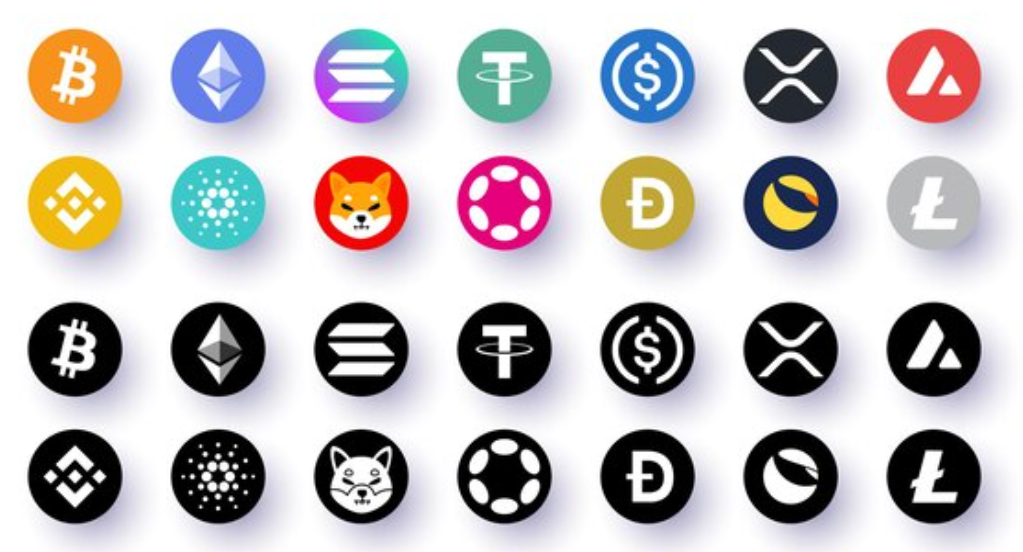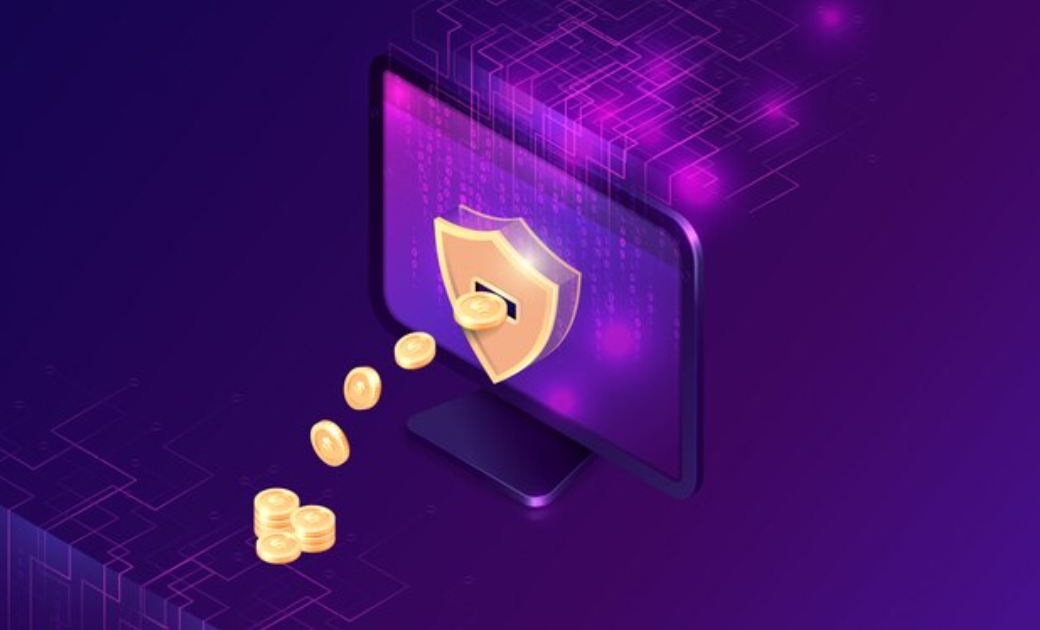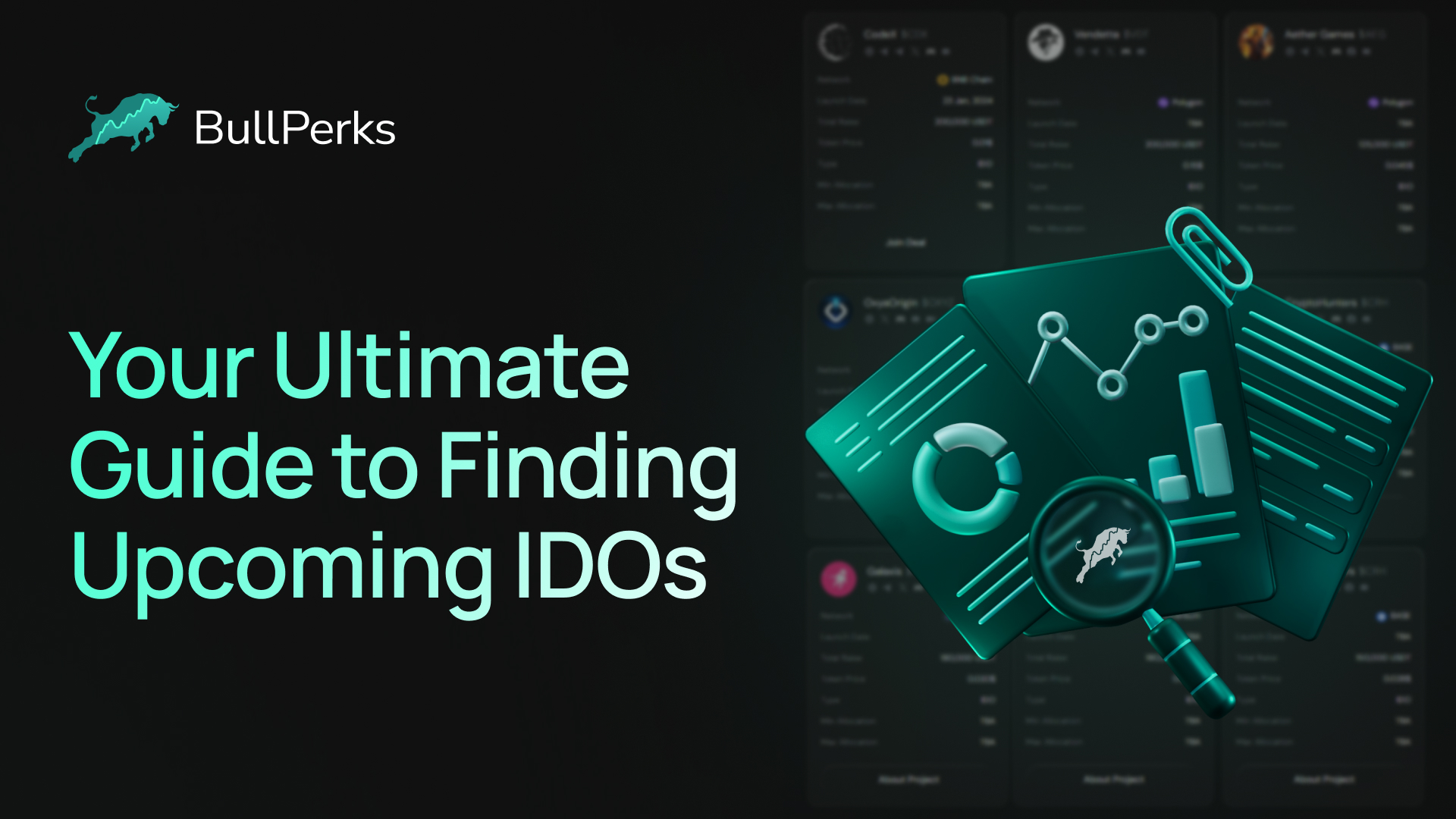
Navigating the realm of crypto projects and cryptocurrencies can be bewildering, especially when confronted with perplexing terms such as ICO, ITO, and IDO. For someone new to this space, these acronyms may appear as a jumble of confusion.








To understand them, it's crucial to delve into the world of crypto coin offerings and comprehend their intricacies.
What Is an Initial Coin Offering (ICO) for Crypto Projects?
An ICO, short for Initial Coin Offering, serves as a fundraising mechanism utilized by new projects to raise money. This method entails the issuance of new cryptocurrency and token sales to investors in exchange for their financial contributions.
The surge in popularity of ICOs was observed during the boom in the crypto industry in 2017, and subsequently, they have evolved into a prevalent means for startups to raise capital.
In the course of an ICO, investors acquire tokens by utilizing established cryptocurrencies such as Bitcoin or Ethereum. The funds received from the token sale are used for the project development. Following the project's launch, these tokens can be traded on various decentralized and centralized exchanges, adding a layer of token liquidity and market dynamics to the venture.
Understanding Initial Token Offering (ITO)

Source: Freepik
Comparable to an ICO, an Initial Token Offering (ITO) serves as a fundraising mechanism employed by new projects to raise funds.
However, the pivotal distinction lies in the intrinsic nature of the tokens being presented. In an ITO, the tokens embody a certain utility or usage rights within the confines of the project's ecosystem.
To illustrate, ITOs are typically conducted to introduce new tokens designed for acquiring in-game items or unlocking exclusive features thus attracting a larger crypto community.
In contrast to ICOs, where investors primarily seek financial returns, participants in an ITO are drawn to the practical utility and functionality conferred by the tokens.
Exploring Initial Decentralized Exchange Offering (IDO)
The most recent addition to the array of initial exchange offerings is the Initial DEX Offering (IDO). IDOs take place on decentralized exchanges (DEX) rather than conventional centralized platforms. This decentralized approach brings forth numerous advantages, including heightened security, transparency, and accessibility.
Tokens are typically made available directly on a decentralized exchange platform. Participants have the option to obtain these tokens using established cryptocurrencies or stablecoins.
A distinctive feature of IDOs is the introduction of a liquidity pool. These pools enable participants to contribute liquidity to the project and, in return, receive tokens. Subsequently, the tokens obtained through an IDO model are available for instant token trading on that decentralized exchange or transferred to other compatible wallets.
ICO vs ITO vs IDO
So, what exactly are these coin offerings, and how do they function within the dynamic landscape of the crypto space?
While ICOs, ITOs, and IDOs share a common objective of raising funds, they exhibit distinct nuances that are pivotal for investors, project owners, and participants within the cryptocurrency industry. Discerning these disparities becomes paramount for investing in successful projects.
IDO vs ICO vs ITO: Differences
To delineate the disparities among ICOs, ITOs, and IDOs, let's delve into their unique characteristics. Firstly, ICOs predominantly present tokens as an avenue for investment, with the primary aim of yielding financial returns. Conversely, ITOs concentrate on issuing utility tokens designed for specific functionalities within the project's ecosystem. In contrast, IDOs leverage the advantages of decentralized exchanges and liquidity pools, providing tokens in a more accessible and transparent fashion.
Secondly, the execution venues differ among these offerings. ICOs and ITOs typically unfold on a centralized exchange, whereas IDOs harness the potential of a decentralized exchange launchpad. This platform dichotomy introduces variations in terms of security protocols, governance structures, and overall accessibility.
Lastly, the regulatory environment surrounding ICOs, ITOs, and IDOs exhibits noteworthy distinctions.
ICOs have encountered heightened scrutiny from regulatory bodies due to apprehensions related to investor protection and the potential for fraudulent projects. On the other hand, ITOs and IDOs, being emerging trends, are still evolving within the regulatory frameworks, shaping their trajectory within the broader cryptocurrency landscape.
Use Cases of Coin Offerings
Coin offerings have found diverse applications across various industries and sectors. Let's delve into some prevalent use cases where coin offerings have been effectively employed.
Blockchain Infrastructure Projects: Numerous initial DEX offering projects have been orchestrated to raise funds for the development of blockchain infrastructure projects. These initiatives are dedicated to enhancing the scalability, security, and interoperability of blockchain networks.
Decentralized Finance (DeFi): This fundraising method has played a pivotal role in the proliferation of decentralized finance. Within DeFi, projects frequently conduct ICOs, ITOs, or IDOs to raise funds for constructing decentralized lending platforms, exchanges, and other financial services.
Gaming and Virtual Reality: The gaming industry has enthusiastically embraced coin offerings to attract investors to the creation of blockchain-based gaming platforms, virtual reality experiences, and in-game economies.
Supply Chain and Logistics: These ways to raise funds have been harnessed to back supply chain and logistics projects with the objective of enhancing transparency, traceability, and efficiency in global trade. These offerings facilitate the generation of tokenized assets representing physical goods or services.
Art and Collectibles: This fundraising process has extended its influence into the art and collectibles market. Projects leverage tokenization to generate digital representations of artwork and collectibles, enabling investors to own fractional shares or easily trade these assets.
In each of these sectors, all types of token offerings have proven to be instrumental in fueling innovation, fostering development, and providing novel financial avenues for both project developers and investors alike.
Benefits and Risks of Participating in Coin Offerings

Source: Freepik
Engaging in an IDO model presents numerous advantages for investors and token issuers, accompanied by inherent risks that demand careful consideration. Let's delve into both aspects to gain a comprehensive understanding.
Benefits
- Potential for High Returns: A token sale harbors the potential for substantial returns, particularly for early investors. Some projects go to remarkable success translating into an increase in token value.
- Access to Innovative Projects: Participating in an ICO project offers a unique avenue for investing in cutting-edge projects and technologies that might not be readily accessible through traditional investment channels. This provides investors with exposure to novel and forward-thinking initiatives.
- Liquidity and Tradability: Following a successful coin offering, tokens can be listed on exchanges, offering investors the advantage of liquidity. The ease with which these tokens can be traded enhances the overall marketability of the investment.
Risks
- Volatility and Market Uncertainty: The cryptocurrency market is renowned for its volatility, and tokens acquired through coin offerings are susceptible to significant price fluctuations.
- Lack of Regulation and Investor Protection: The regulatory landscape surrounding coin offerings is still evolving, leaving a void in standardized investor protection measures.
- Project Failure and Lack of Adoption: Investing in a project through a coin offering entails the risk of the project falling short of expectations or encountering obstacles in achieving widespread adoption.
How to Evaluate and Choose the Right Initial DEX Offering?
Selecting the right coin offering for investment demands meticulous evaluation and thorough due diligence. Here are key factors to consider when making this critical decision.
Project team and advisors
Scrutinize the background and expertise of the project team and advisors. Seek individuals with a proven track record of success and a deep understanding of the relevant domain.
Token economics
Examine the token economics of the project, considering factors such as token supply, distribution, and the utility or value proposition of the tokens. Understanding how tokens function within the ecosystem is crucial for informed decision-making.
Community and market sentiment
Pay close attention to the level of community engagement and market sentiment surrounding the project. A robust and supportive community often correlates with the potential success of the project.
Regulatory compliance
Assess the project’s compliance with relevant regulations. Look for transparency and a commitment to adhering to regulatory guidelines, especially in jurisdictions where the project operates. Ensuring regulatory compliance is vital for the long-term viability of the investment.
Regulatory Considerations for an Initial Exchange Offering
Navigating the regulatory landscape for coin offerings necessitates a nuanced understanding of jurisdictional variations. Project teams and participants alike should be vigilant about key regulatory considerations. Here are crucial points to bear in mind:
Legal and regulatory compliance
Understand the legal and regulatory landscape in the jurisdiction where the coin offering is being conducted. Adhering to securities laws, anti-money laundering regulations, and investor protection measures is imperative to ensure compliance.
Accredited investor requirements
Be aware of jurisdiction-specific restrictions on participation in coin offerings. Certain regions may impose accredited investor requirements, limiting the pool of potential investors to those meeting specific criteria.
KYC and AML procedures
Know Your Customer (KYC) and Anti-Money Laundering (AML) procedures may be obligatory for both project teams and participants involved in coin offerings. These procedures are vital for identity verification and play a pivotal role in preventing illicit activities.
Coin Offering Success Stories

Source: Freepik
Amidst the inherent challenges and risks associated with coin offerings, numerous projects have emerged as notable success stories. Let's explore a few instances of remarkable achievements in the realm of coin offerings
Ethereum (ETH)
Ethereum conducted a groundbreaking Initial Coin Offering (ICO) in 2014, raising a substantial $18 million. This marked the inception of Ethereum as one of the leading blockchain platforms, playing a pivotal role in facilitating the development of decentralized applications and smart contracts.
Binance (BNB)
In 2017, Binance, one of the largest cryptocurrency exchanges globally, conducted a highly successful Initial Coin Offering, raising $15 million. The native utility token of the Binance platform, Binance Coin (BNB), has achieved widespread adoption and serves as a cornerstone within the Binance ecosystem.
Uniswap (UNI)
Uniswap, a prominent decentralized exchange, conducted an Initial DEX Offering (IDO) in 2020. The UNI token swiftly became one of the most successful IDO tokens, reaching a market capitalization in the billions of dollars. Uniswap's success underscores the growing significance of decentralized exchanges in the cryptocurrency landscape.
Conclusion
Coin offerings have indeed transformed the landscape of capital raising for projects within the cryptocurrency space. The comprehension of use cases and distinctions between Initial Coin Offerings (ICOs), Initial Token Offerings (ITOs), and Initial DEX Offerings (IDOs) is paramount for both investors and participants.
Would you like to start investing in the most promising crypto projects? Learn how to invest with BullPerks, the fairest and most community-oriented decentralized VC and multichain launchpad!












